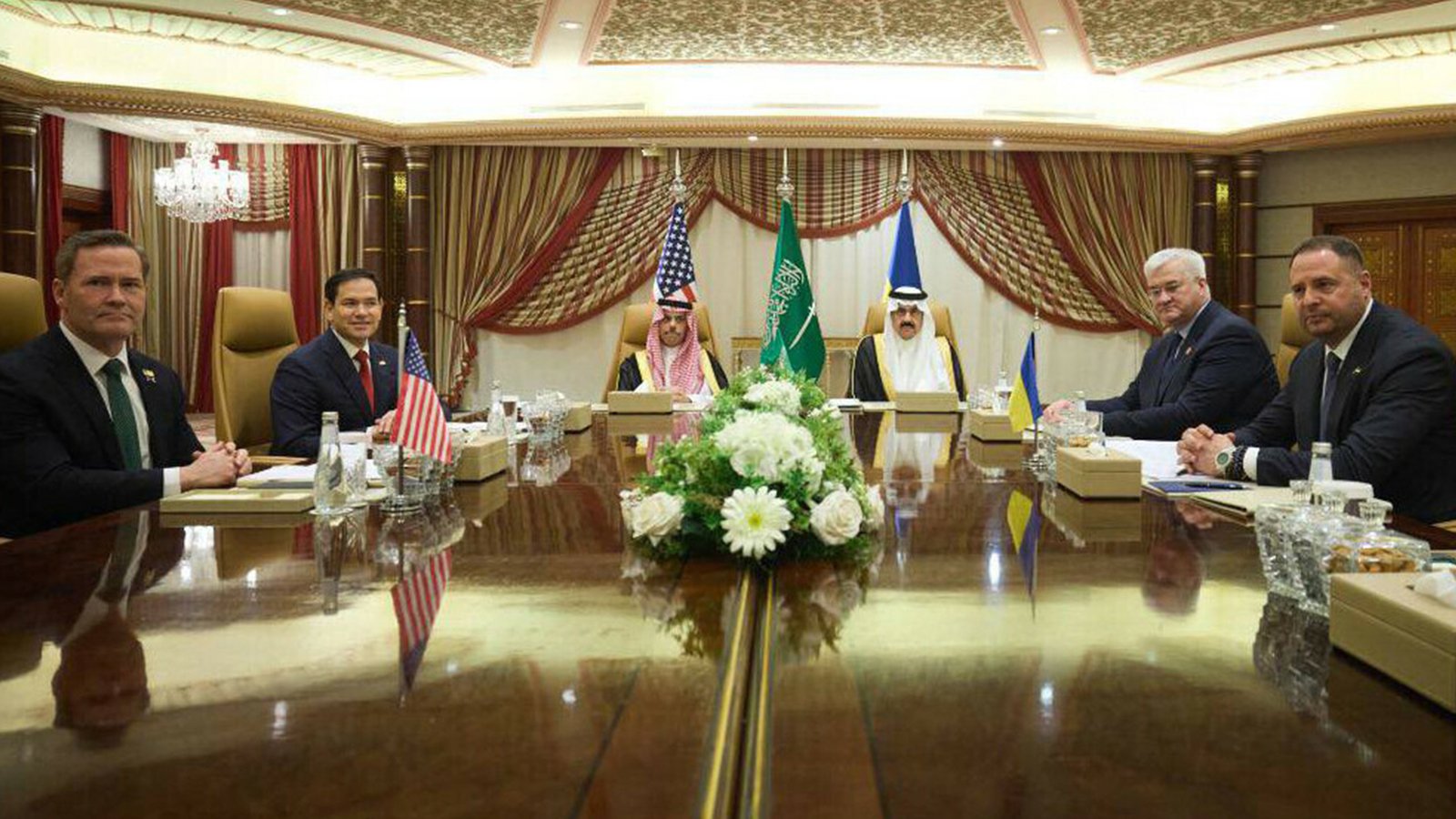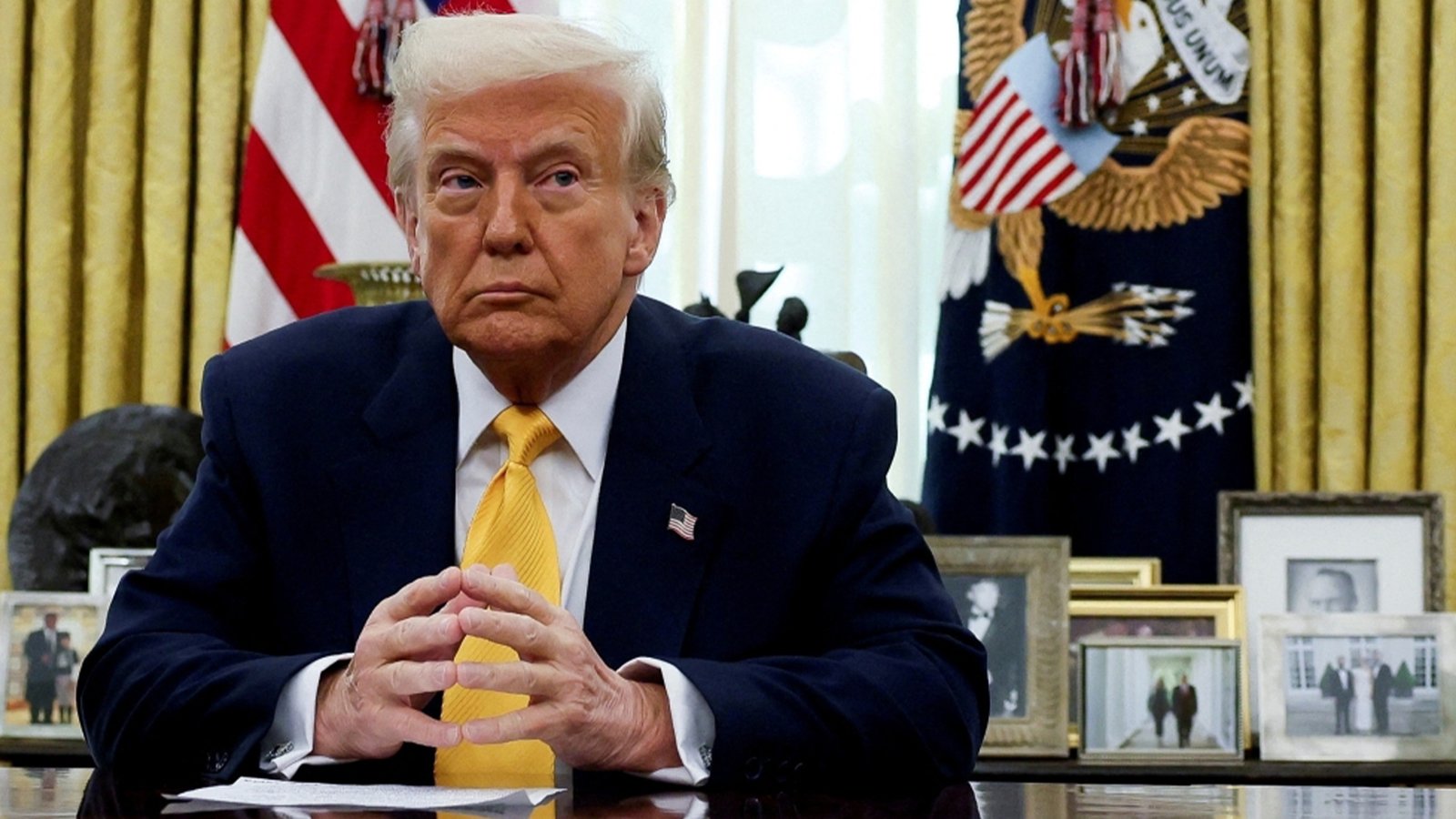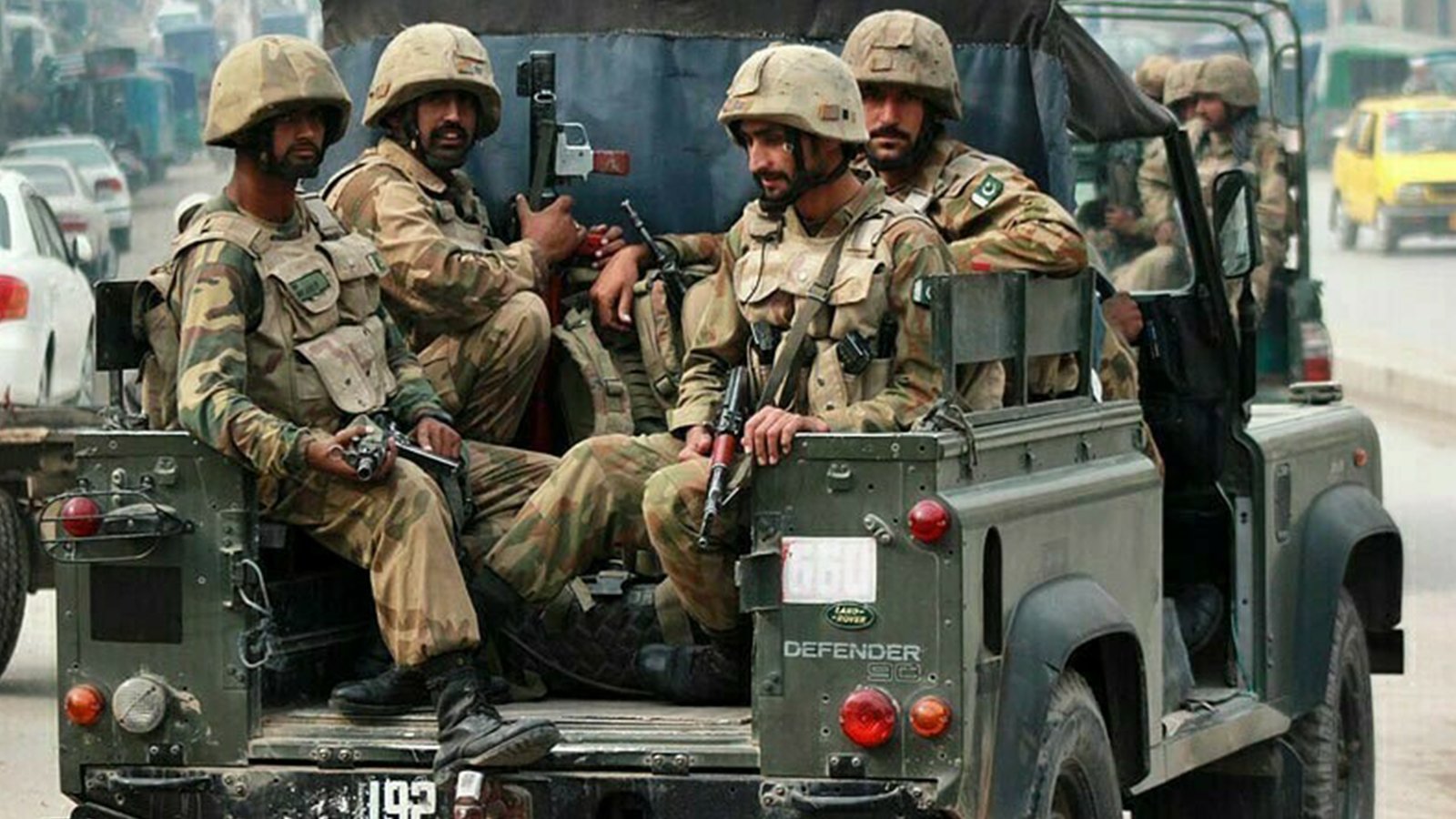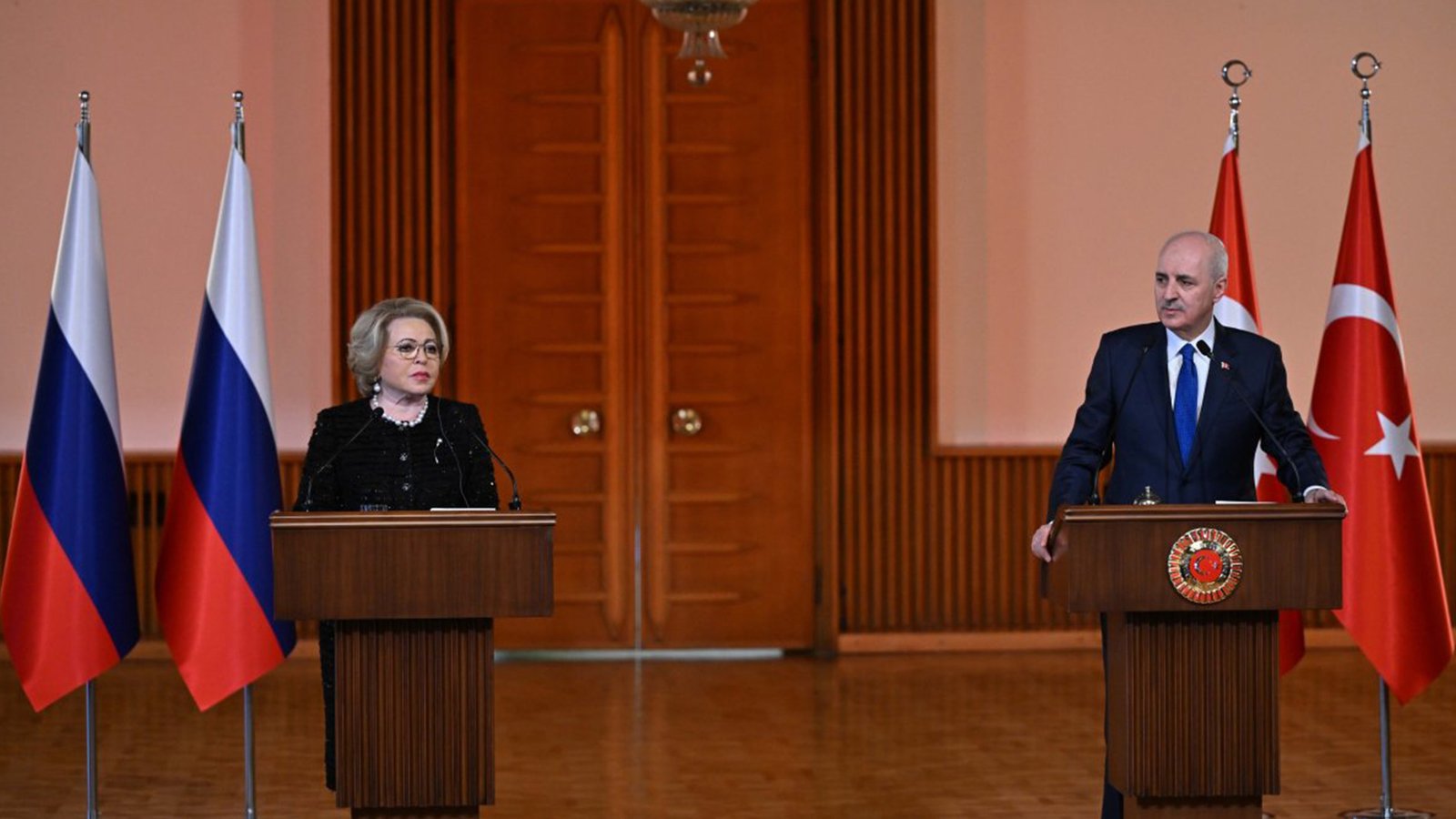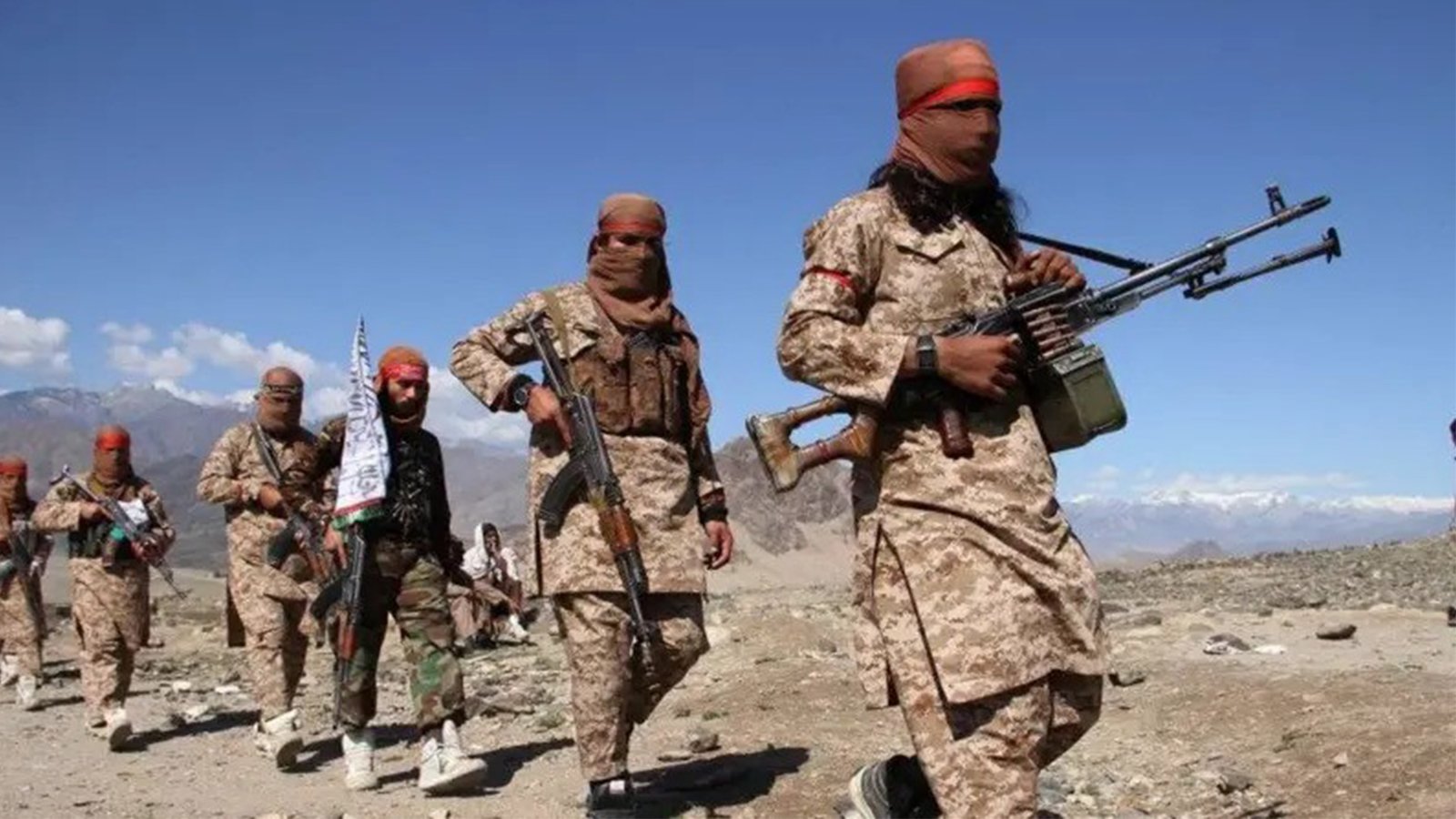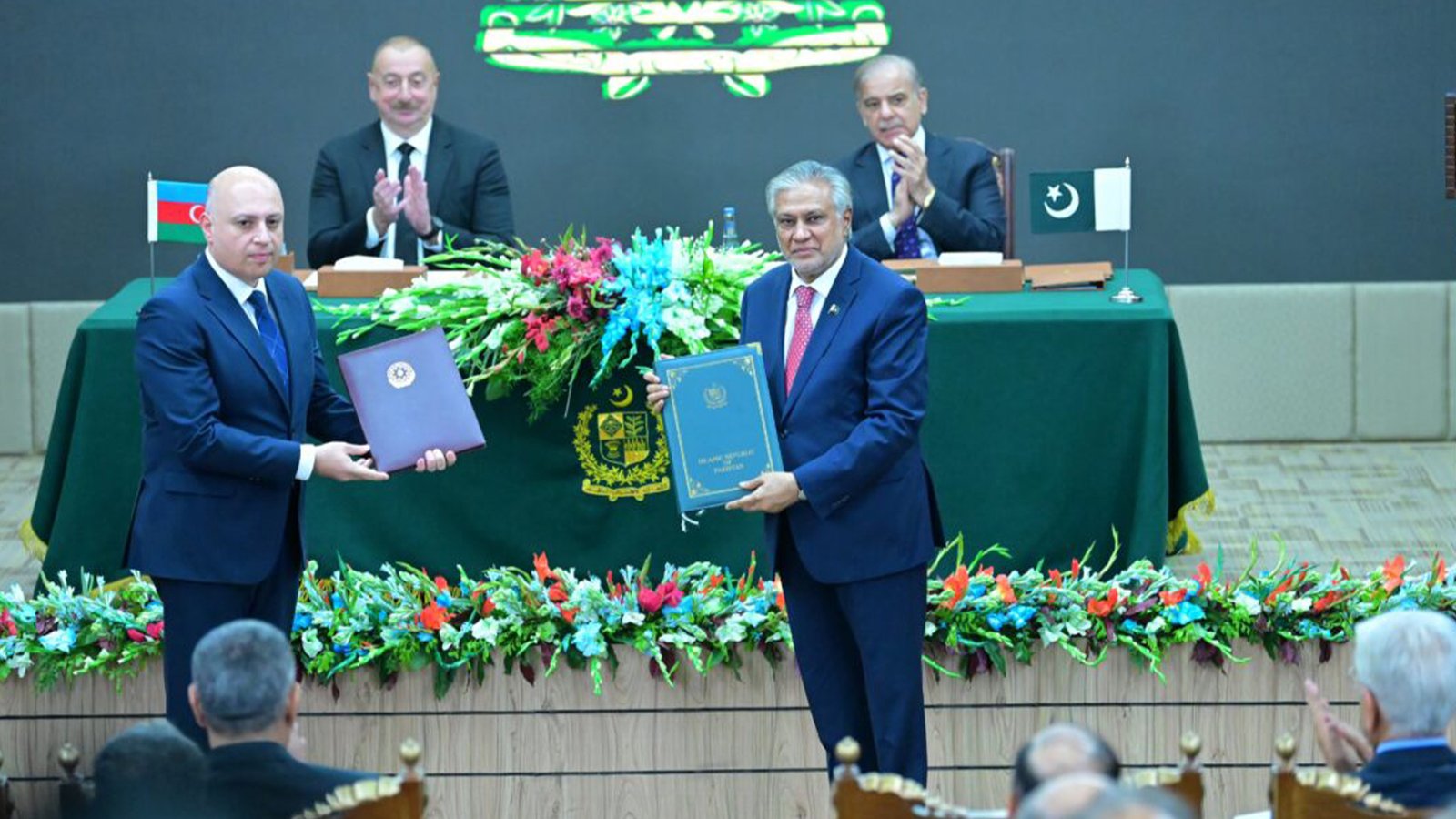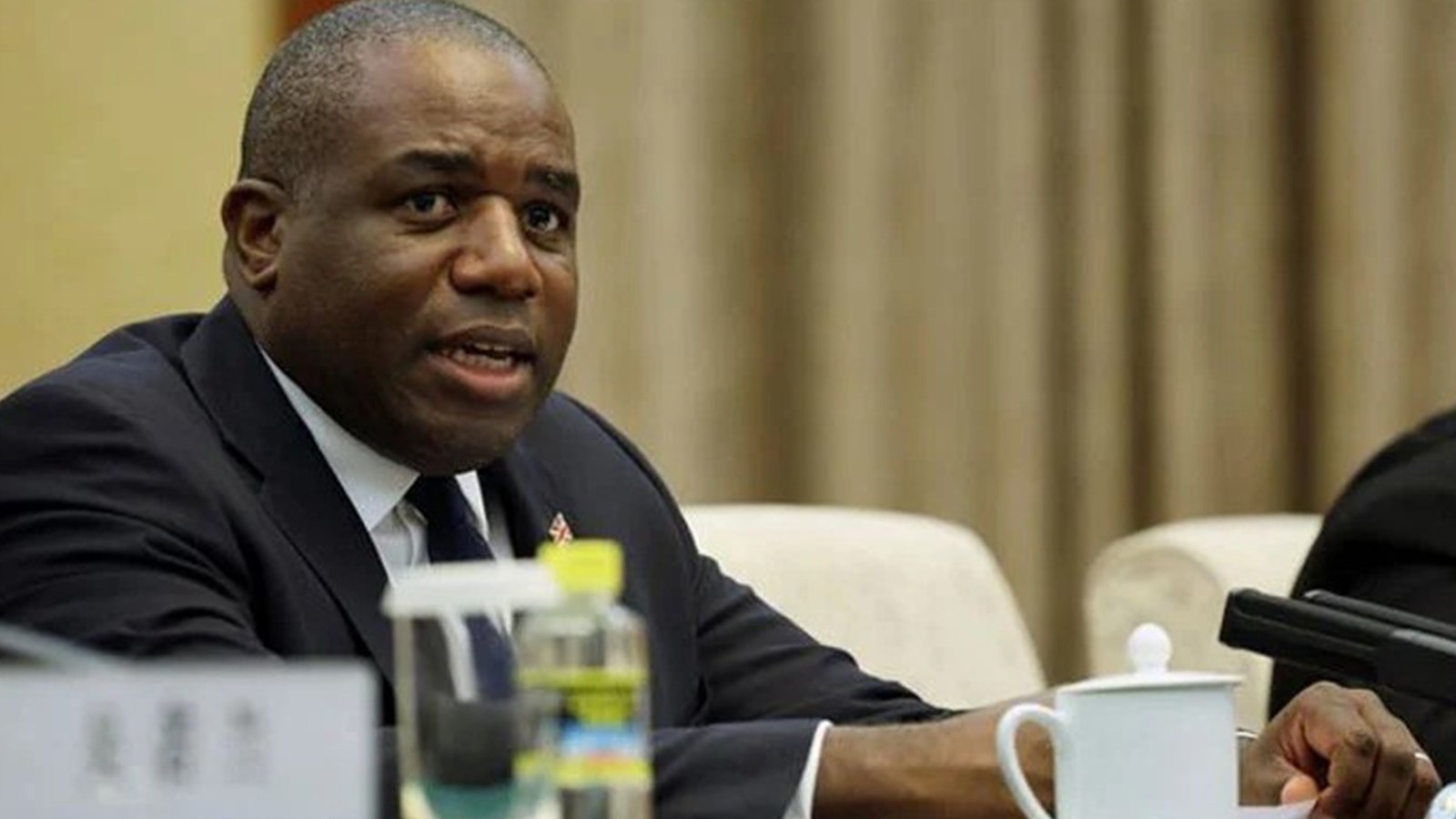Budget History of Pakistan’s First Ten Years
Pakistan’s first ten years of budgets (1947-1957) were crucial for the newly independent country, as they set the tone for economic policies in the years to come. This period saw Pakistan struggling with issues such as the refugee crisis, food and agricultural issues, and limited resources, making it difficult time for the government to manage finances.
- First Budget (1948-49): Presented on February 18, 1948, by Finance Minister Ghulam Muhammad, with a total outlay of Rs 197.24 million and a deficit of Rs 28.72 million. Major heads included defense, debt servicing, and economic development. The focus of the budget was on stabilizing the economy and promoting growth.
- Second Budget (1949-50): Presented on February 23, 1949, by Finance Minister Ghulam Muhammad, with a total outlay of Rs 210.8 million and a deficit of Rs 15.4 million. Major heads included defence, debt servicing, and economic development. The focus of the budget was on promoting agricultural growth and enhancing revenue collection.
- Third Budget (1950-51): Presented on February 7, 1950, by Finance Minister Chaudhry Muhammad Ali, with a total outlay of Rs 274.8 million and a deficit of Rs 6.1 million. Major heads included defense, debt servicing, and economic development. The focus of the budget was on promoting industrialization and infrastructure development.
- Fourth Budget (1951-52): Presented on February 28, 1951, by Finance Minister Chaudhry Muhammad Ali, with a total outlay of Rs 357.9 million and a deficit of Rs 2.2 million. Major heads included defense, debt servicing, and economic development. The focus of the budget was on promoting agricultural development and enhancing export earnings.
- Fifth Budget (1952-53): Presented on February 27, 1952, by Finance Minister Ghulam Muhammad, with a total outlay of Rs 444.1 million and a deficit of Rs 21.3 million. Major heads included defense, debt servicing, and economic development. The focus of the budget was on promoting industrialization and enhancing revenue collection.
- Sixth Budget (1953-54): Presented on May 30, 1953, by Finance Minister Ghulam Muhammad, with a total outlay of Rs 464.8 million and a deficit of Rs 13.7 million. Major heads included defense, debt servicing, and economic development. The focus of the budget was on promoting industrialization and infrastructure development.
- Seventh Budget (1954-55): Presented on May 28, 1954, by Finance Minister Muhammad Shoaib, with a total outlay of Rs 510 million and a deficit of Rs 8.6 million. Major heads included defense, debt servicing, and economic development. The focus of the budget was on promoting agricultural development and enhancing revenue collection.
- Eighth Budget (1955-56): Presented on May 26, 1955, by Finance Minister Muhammad Shoaib, with a total outlay of Rs 610 million and a surplus of Rs 1.8 million. Major heads included defense, debt servicing, and economic development. The focus of the budget was on promoting agricultural development and enhancing revenue collection.
- Ninth Budget (1956-57): Presented on June 22, 1956, by Finance Minister Chaudhry Muhammad Ali, with a total outlay of Rs 719.6 million and a deficit of Rs 31.8 million. Major heads included defense, debt servicing, and economic development. The focus of the budget was on promoting agricultural development and enhancing revenue collection.
- Tenth Budget (1957-58): Presented on June 26, 1957, by Finance Minister Muhammad Shoaib, with a total outlay of Rs 810.5 million and a surplus of Rs 2.6
read this: What is IAEA Safeguards Agreement with Pakistan?
In nutshell, the government expenses were kept low during the first ten years of Pakistan’s history, as the nascent country faced many challenges such as partition, displacement, and rehabilitation. Therefore, the budgets of these years prioritized investments in infrastructure development, such as roads, railways, and canals, and the establishment of basic industries, such as steel, cement, and sugar.
The support of the United States through economic and military aid was also a critical factor in Pakistan’s early years and helped to address some of the country’s most pressing needs as Pakistan received its first US aid in 1951 .
Additionally, the government emphasized the provision of essential services such as education, health, and social welfare, to address the needs of the growing population. Despite these constraints, the government was able to achieve surpluses in some years, and this helped to reduce the country’s debt burden and build reserves for future development. These early years set the stage for Pakistan’s economic policies in the years to come!
Stay connected with us for the latest updates. Follow us on Facebook and Twitter.


